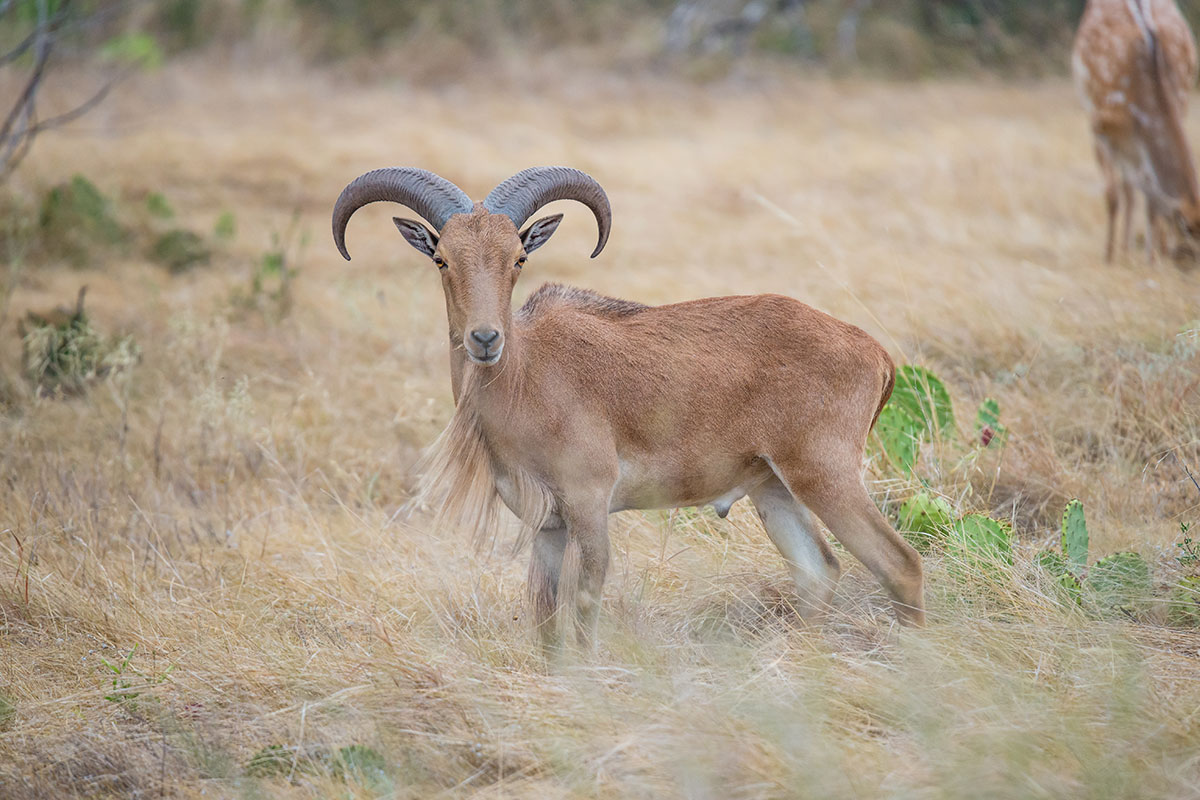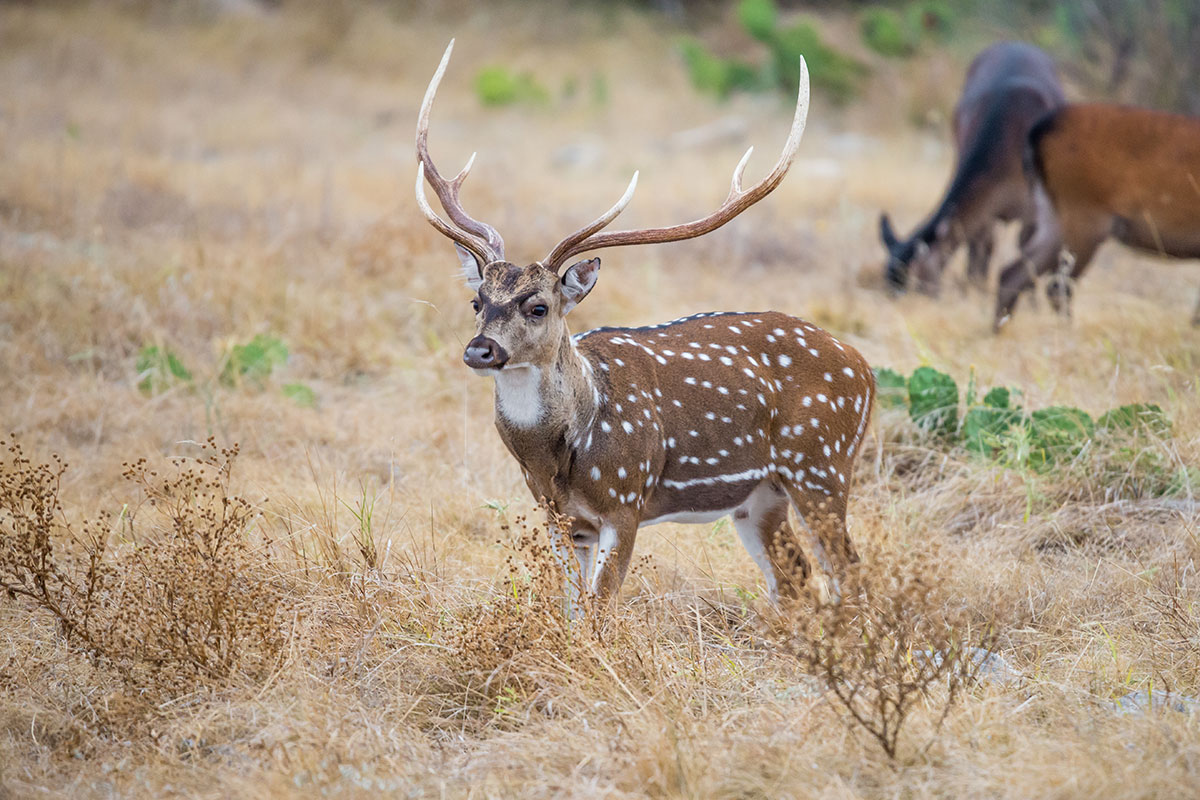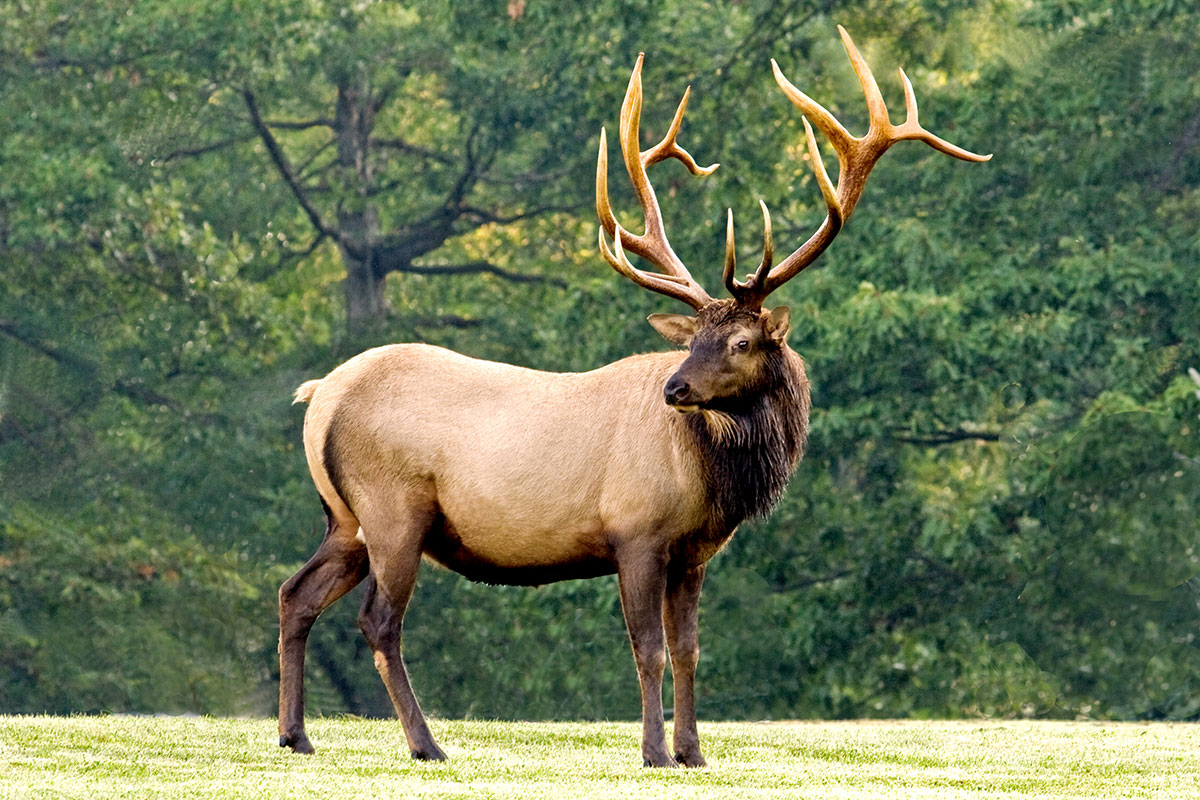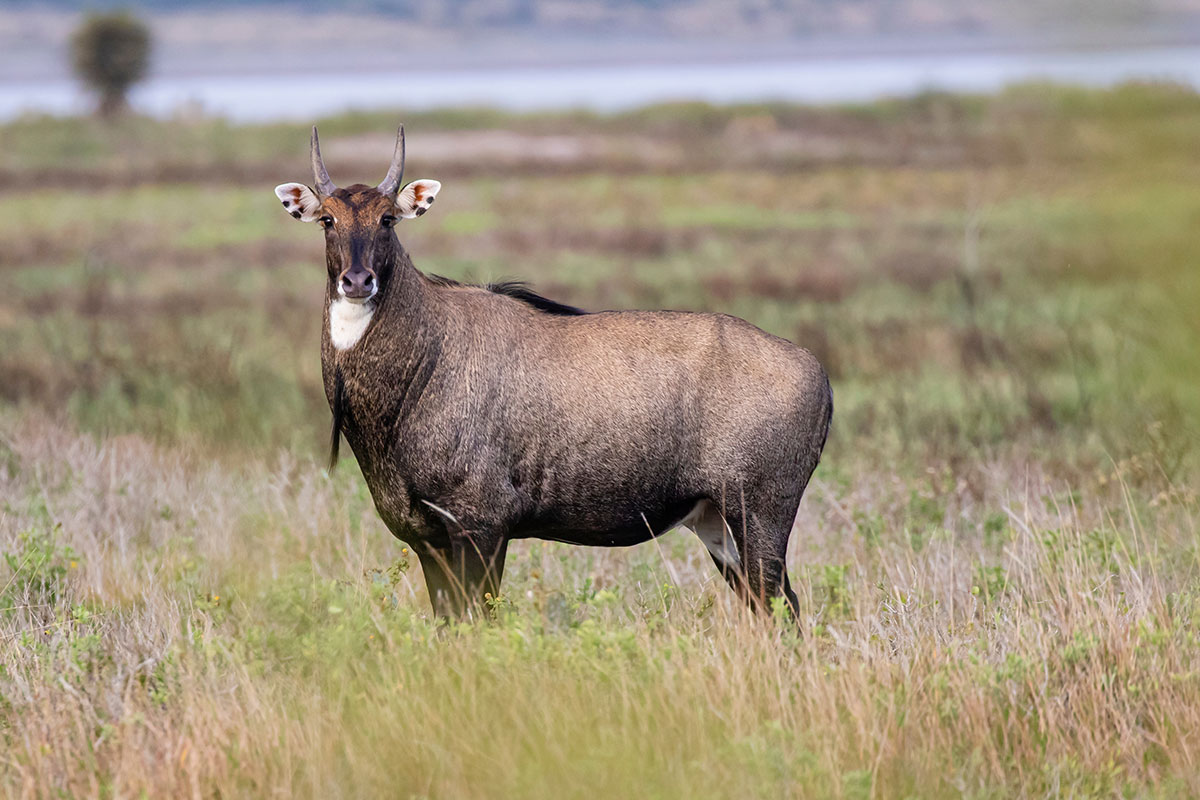What exotic animals are legal to hunt in Texas?
Texas has long been considered a pinnacle for hunters chasing whitetail deer. However, for hunters and property owners looking to expand their season and diversify their freezers, Texas has a cornucopia of exotic and introduced species that can be hunted all year. While the list below is not all of the exotic species found in Texas, it is a list of the most common. below you can read about the history of these exotics and some of their significance for sportsmen.
According to the Texas Department of Wildlife
exotic animal refers to grass-eating or plant-eating, single-hoofed or cloven-hoofed mammals that are not indigenous or native to Texas and are known as ungulates, including animals from the deer and antelope families that landowners have introduced into this state. There are no state bag, possession limits, or closed seasons on exotic animals or fowl on private property. Therefore, they may be taken by any means or method at any time of year, however, a hunting license and landowner permission is required to hunt them.
1. Feral Hog

Of all the species in Texas, Feral Hogs are the most destructive. While not a cervid or antelope, they nonetheless fall under the introduced or exotic species category. Descended from Spanish hogs released hundreds of years ago and intermixed with escaped farm pigs, this voracious omnivore is responsible for nearly 2 billion dollars in crop damage annually. Capable of breeding rapidly, hogs are typically found in large herds or “sounders” of boars, sows, and piglets. This population explosion throughout the country’s southern half has given rise to specialty hunting operations ranging from night vision to helicopter hunts.
2. Russian Boar
While these introduced swine could be lumped in with the feral pigs above, they deserve their own separate mention. Imported to game ranches in the 1940s, the larger and more aggressive Russian boars often escaped and interbred with feral hogs. While few actual free-ranging Russian bars remain, feral hogs with a higher head-to-body ratio and pronounced ridge or “razor back” are indications of this Eurasian bloodline.
3. Aoudad

Aoudad, also known as Barbary sheep, were imported from Northern Africa to Texas in the 1950s as soldiers who had served in WW2’s African campaign began to ponder the effectiveness of bringing these hardy sheep to their arid homes back in Texas. The Aoudad is an exotic that doubles as an invasive. With a higher rate of replenishment and few natural predators, the Aoudad are pushing native bighorn sheep out of many areas they previously inhabited.
4. Axis Deer

Also known as Chital, they were introduced to Texas from India in 1932. They sport a spotted or fawn-colored coat, and males have wide mainbeams, making for stunning mounts. Axis breeds year-round, which has contributed to their increased numbers. With more than 15,000 free-ranging specimens throughout the southern and central region of Texas, these deer have become the most common exotic on the landscape. Axis is prized as one of the best-tasting game meats available.
5. Elk

The Rocky Mountain Elk is one of Texas’s most controversial exotic species. The current elk population was introduced to Texas by ranch owners in the 1920s with the help of Texas Parks and Wildlife. By this evidence, elk should be and are treated as a nonnative species. However, evidence exists that elk were native to Texas in the late 1800s. However, by the turn of the century, they had been wiped out due to hunting and disease. Elk have survived since reintroduction in the western edge of Texas hill country.
6. Sika Deer

Sika, or Japanese water deer, are native to northern Japan and were introduced to Texas in 1939. Dark brown, Sika resembles miniature elk with a maximum weight of around 175 pounds. Since the Sika’s introduction, they have been documented in 77 counties in west Texas with an estimated population of free-ranging individuals of about 2,500.
7. Fallow Deer
Fallow Deer are medium-sized deer whose spotted hide and palmate (mooselike) antlers have made them a highly regarded trophy in their home of Europe and in Texas, too. Since their introduction to private game ranches in the 30s and 40s, fallow deer have established sustainable populations in the Edwards Plateau area with about 3,000 free-ranging individuals.
8. Black Buck
Contrary to the name, Black Bucks are a species of antelope, not deer. Originally from Asia, these antelope were imported to Texas in 1932. The Black Bucks’ need for warmer climates has kept the species primarily centered around Hill Country and the Edwards Plateau. With a maximum size of around 80 pounds, predation also keeps free-range populations to a minimum. That said, there have been increased sightings throughout their proverbial range.
9. Nilgai Antelope

Native to India, the Nilgai was imported to Texas’s King Ranch as an option for the cowboys to satisfy their meat intake with something other than the valuable cattle. The population has spread through the area, with an estimated 30,000 dispersed through ranches and the wilds of the Texas-Mexico border. Unlike the more delicate antelope species that are usually pictured, Nilgai are stocky blue/black animals with grown bulls reaching nearly 700 pounds.
Exotic species can generally be viewed as nuisance animals that disrupt the delicate balance of the Texas ecosystem. Be that from destroying crops like feral hogs or out-compete native species like the bighorn sheep. However, exotic species provide benefits for Texans. They offer a secondary revenue stream for many property owners that can invite hunters worldwide to hunt exotic species with no lottery tags or trips to far-off nations. Depending on the species, Texas exotic hunts can retail for hundreds to thousands of dollars. Furthermore, an underappreciated value is that as species like the Sika and Blackbuck become threatened in their native ranges, Texas offers a genetic stock that may prove crucial for conserving the species.
Texas has a long and vibrant history of hunting that in partnership with the Texas Department of Parks and Wildlife, has become a destination for hunters regardless of the season. With an opportunity to hunt globally diverse species without ever having to find your passport, Texas’s exotic species make it a must-see for sportsmen and a sound business decision for property owners.
